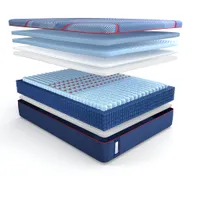I tested over 9 methods to fall asleep quickly at night — these are the 3 that work every time for me
And as someone who often struggles with anxiety at night, it takes a lot for me to drop off fast
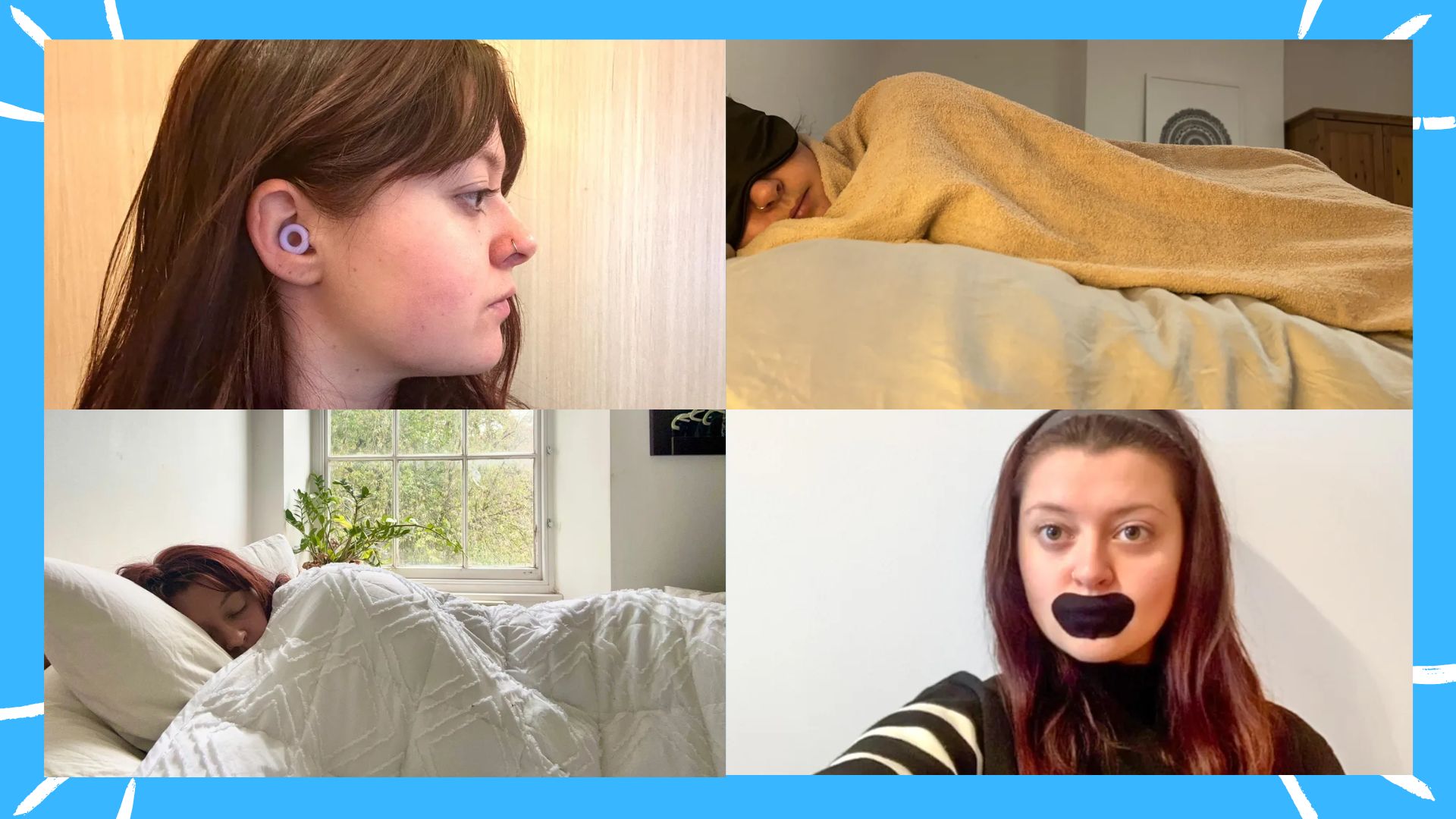
As the Sleep Features Editor for Tom’s Guide, my job is to research, test and learn about new ways to improve our sleep. And as you can imagine, I’m not complaining. In fact, my sleep has never been better because I’ve found what works for me.
But everyone is different. What sends some people snoozing keeps me awake and alert and vice versa. So the only way to figure out how to fall asleep fast is trial and error. (Obviously good sleep hygiene helps, too, as does choosing the best mattress for your sleep needs.)
To help you on your way, I’ve compiled a list of nine fall asleep fast methods I’ve tried and picked out the three that work best for me. I’ll also be choosing three that I warn against even trying, to save you some time on your quest for better sleep. Let’s dive in.
Sealy Posturepedic® Elite Hybrid: What's the point of getting a new mattress if it's going to almost immediately lose its shape and stop being as effective? All of the technology in Sealy Posturepedic® is rigorously tested to exceed industry standards. The DuraFlex coil edge helps your mattress keep its shape and deliver years of quality sleep.
The 9 methods I’ve tried to fall asleep quickly
Nine methods might sound excessive, but trust me, if I’m lying awake for over 30 minutes, I need a solution.
Normal sleep latency (the time it takes to fall asleep) sits between 10 and 20 minutes depending on the person. If you’re way above that or way below it, it might be cause for concern, but a little deviation is normal night-to-night.
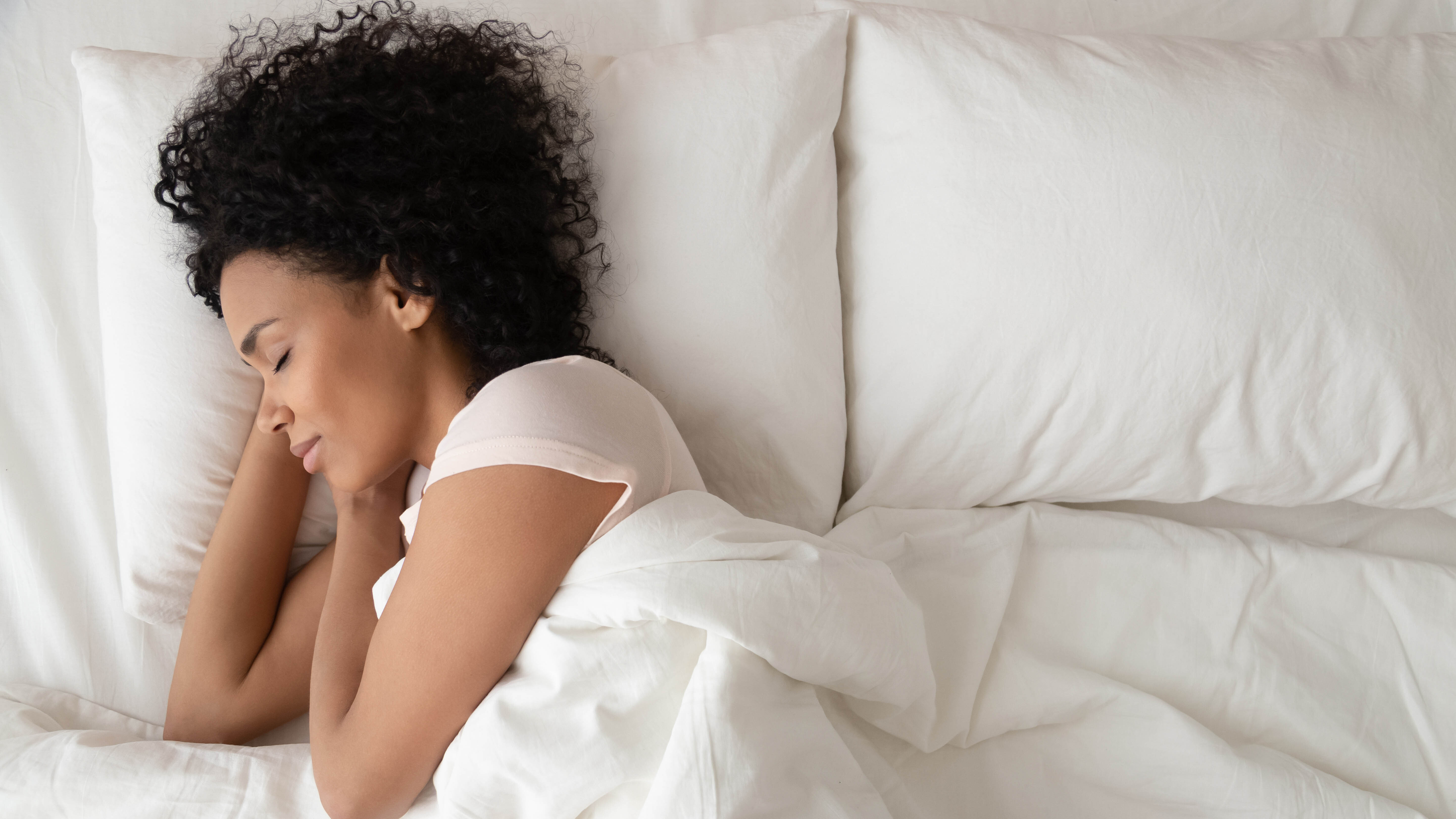
These are the methods I’ve used to try to cut my sleep latency down to just 10 minutes:
- Cognitive shuffling: This refers to purposely scrambling your thoughts so your brain eventually switches off, letting you fall asleep. It’s a visualization method that involves thinking of random, unrelated objects and imagining them.
- ASMR: Standing for autonomous sensory meridian response, ASMR refers to the tingling sensation you get when listening to certain ‘satisfying’ sounds. Some claim this reduces anxiety and stress and helps them sleep.
- Mouth tape: Taping your mouth during sleep helps you only breathe through your nose during the night. This is said to help people fall asleep fast and stay asleep throughout the night.
- Blocking out stimulus: Ambient light and sound can be a major distraction when trying to fall asleep. A blackout sleep mask and noise-reducing earplugs can create a quiet, calm and peaceful environment, helping you fall asleep fast.
- Breathing exercises: Breathing in a certain way can help stimulate the vagus nerve, which then helps to stimulate our parasympathetic nervous system (responsible for rest and digest instead of fight or flight). This helps relax the body and mind, making it easier to fall asleep.
- Progressive muscle relaxation: This method focuses on releasing tension from the muscles, aiding in relaxation and stress relief. By working through each muscle from your feet up to your head, tensing it and then relaxing it while slow breathing, the mind and body can relax.
- Cricket feet: Repetitive movement can help us relax, and this method involved rubbing your feet together (like a cricket) to relieve stress and tension in bed and fall asleep fast.
- Egyptian method: A summer-specific sleep hack, the Egyptian method involves sleeping under a damp towel to help you cool off on hot nights and lower the body temperature enough to fall asleep.
- Warm bath: Moving from a warm bath or shower to a cooler bedroom leads to a natural drop in core body temperature, which is a key signal to our bodies that it’s time for sleep.
The 3 fall asleep quick hacks that actually work for me
As you probably figured out while reading about those methods, some did not work for me. But these are the three I swear by and use most nights...
Get instant access to breaking news, the hottest reviews, great deals and helpful tips.
1. Cognitive shuffling
I was a little skeptical when I tried cognitive shuffling for the first time. How effective could imagining random objects be?
Turns out, very. And that’s because the method was developed by scientist, Dr. Luc P. Beaudoin, based on the way our brain works as we naturally fall asleep.
We all know the feeling right before we drop off where our thoughts stop making sense, and cognitive shuffling aims to replicate that feeling.
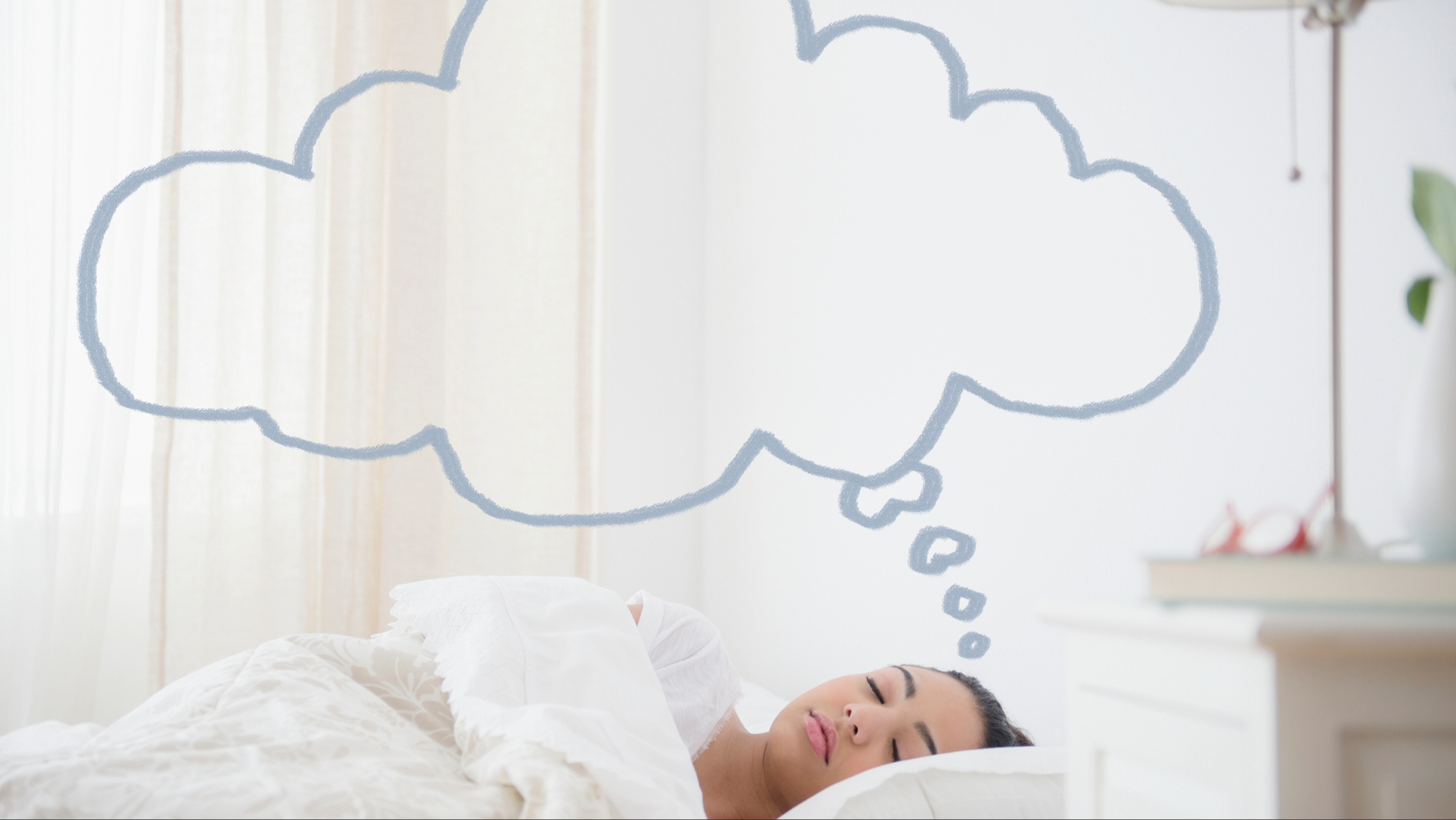
By thinking of random objects and visualizing them, then quickly moving on to another that’s unrelated, you’ll scramble your thoughts.
Eventually, the area of your brain that tries to determine meaning and rationality from your thoughts will ‘switch off’, which is a signifier that it’s safe and appropriate to fall asleep.
When I gave this method a go, I was asleep within 10 minutes. Initially, I found it a little difficult to think of completely unrelated objects so quickly, so I decided to work through the alphabet, thinking of as many objects beginning with ‘A’ as possible, before moving on to ‘B’ and so forth.
It’s easy, simple and requires no advanced tech. Why not try it tonight?
2. Blocking out noise and light
I’m well-versed in earplugs for sleep. Living in a city center and sleeping next to a snoring husband means without them, I can say goodbye to uninterrupted sleep. However, I hadn’t tried the combination of a blackout sleep mask and earplugs.
When I first tried both, I initially felt a little vulnerable. With my husband next to me, I was fine. But I’d be hesitant to try this method if was home alone, simply because of how unaware you are of your surroundings.

The sleep mask I used was a padded, silk mask that wrapped all around my head, covering my ears too. Not one bit of light seeped through and I was extremely comfortable.
The complete sensory deprivation was a bizarre sensation that I had to become used to, but I quickly relaxed into it and fell asleep fast.
Now, whenever I’m struggling to sleep, my sleep mask and earplugs are the first thing I reach for. Not only do they help me drift off quickly, they also help me stay asleep throughout the night.
3. Taking a warm bath before bed
A nighttime routine might not sound like fun, but it can actually be very beneficial for your sleep. Maintaining positive habits before bed and indicating to your mind and body that it’s time to wind down can make falling asleep fast, easier.
I love my wind-down routine, and a key element of it is a warm, relaxing bath almost every night.
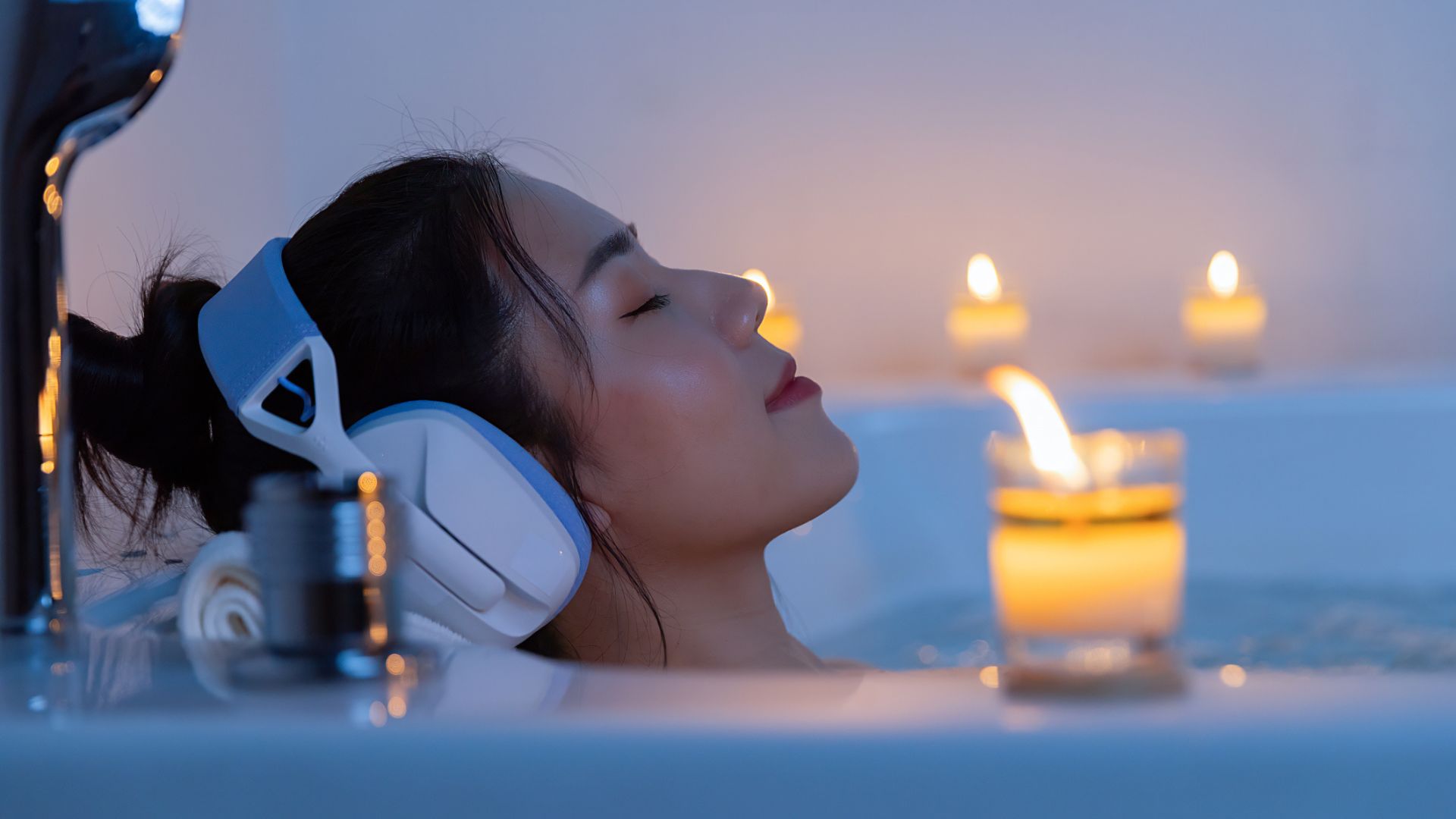
The warm water relaxes my body and releases any tension from my muscles, and after adding a few drops of lavender essential oil, the scented steam helps my mind relax, too.
But there’s also a more scientific reason why this method is so effective. In the evening, our core body temperature drops which help us fall asleep fast and stay asleep throughout the night.
And while a warm bath might sound like the opposite thing you should be doing to drop your body temperature, it’s actually very effective. The process of moving from a warm bathroom to a cooler bedroom leads to the drop in temperature.
This, combined with my relaxed state of mind, means I drop off to sleep almost instantly after crawling under the covers.
The fall asleep fast hacks I don't recommend
I mentioned earlier that some of the hacks I tried didn’t work. These are three I’d suggest you avoid if you’re serious about getting good sleep.
1. Mouth taping
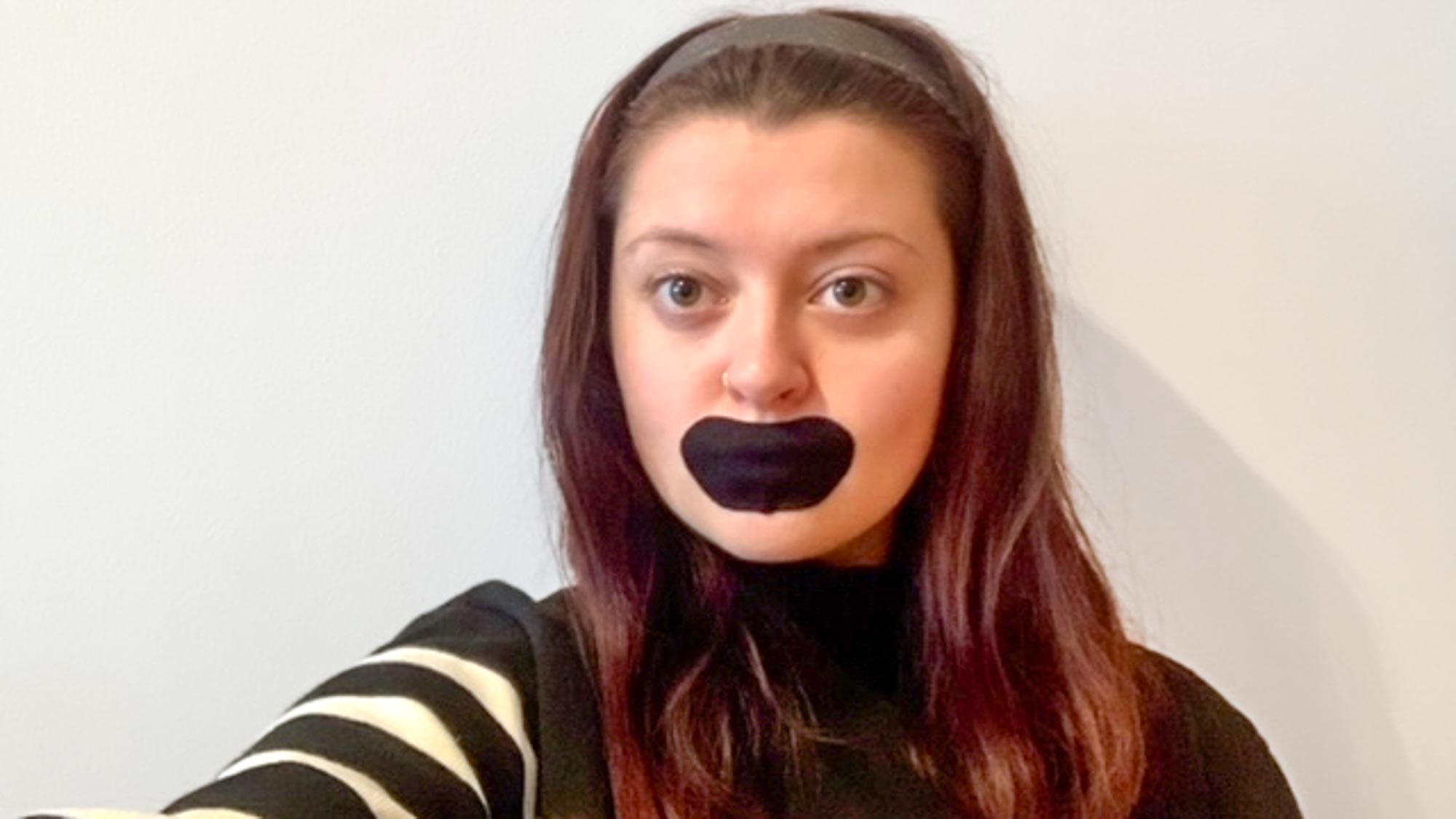
What I first thought was just a silly trend, I now think mouth taping is a dangerous one worth avoiding altogether. Mouth tape companies are advertising this ‘method’ as an easy way to improve both your sleep and your health.
The adhesive tape simply sticks over your mouth making it impossible to open and breathe through your mouth.
When I tried it, I immediately felt my panic and stress levels increase. If you have any kind of congestion you’ll quite quickly realize you can’t breathe properly. That’s just one of the dangers. Another major danger is the risk of vomiting.
As you can imagine, this was not conducive to relaxing and falling asleep quickly. My advice? Don’t bother trying it.
2. The Egyptian method
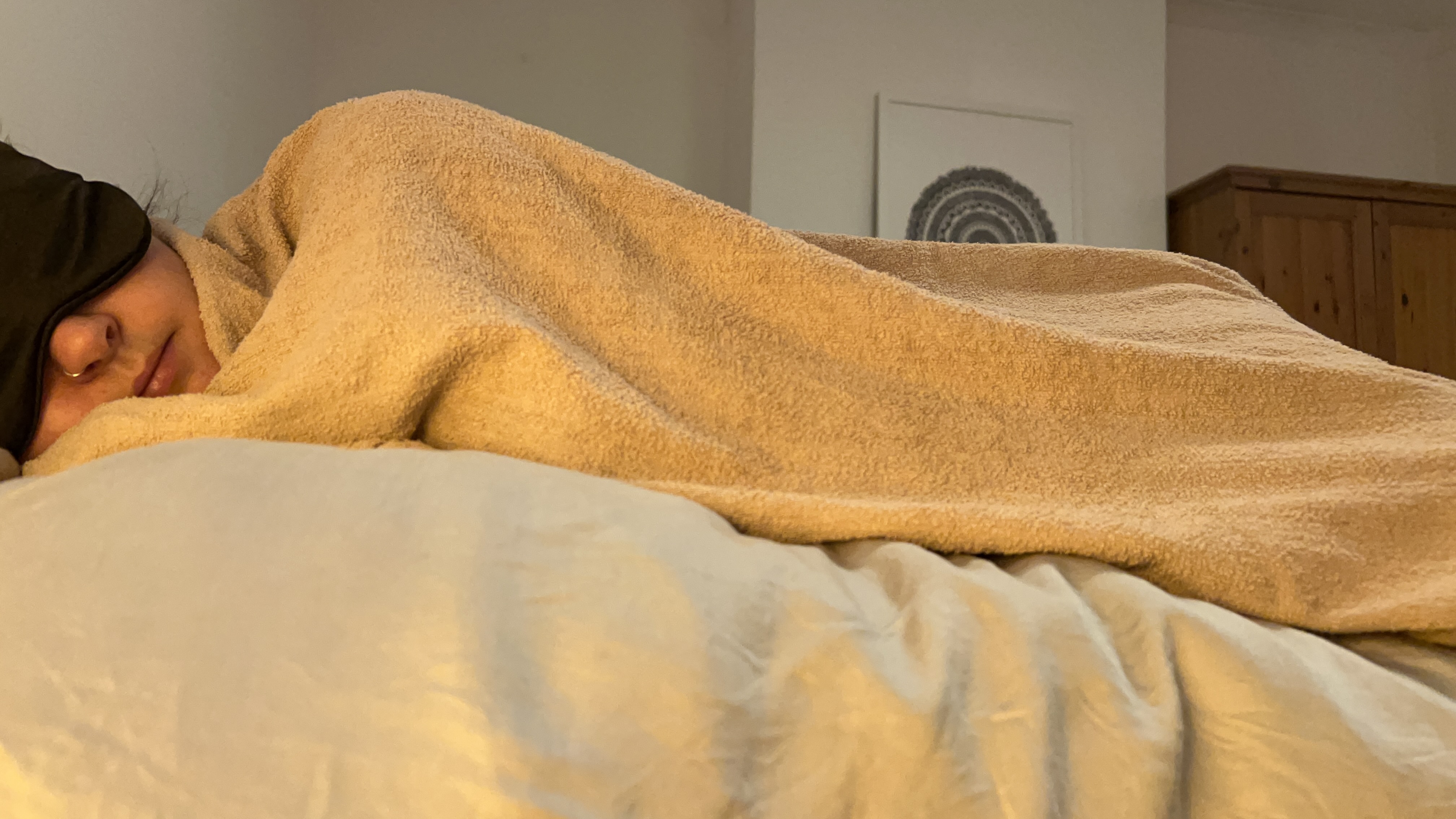
During a recent heatwave, I was desperate for a method that would help me cool down at night and fall asleep. That’s when I stumbled across the Egyptian sleep method. It seemed simple enough, requiring only a damp towel.
After soaking my towel in cold water, I wrung it out and left it to dry a little until it was just damp. I then removed my usual lightweight blanket and used the damp towel instead.
It felt cold and slimy against my skin, making me squirm. I eventually got used to the feeling but every time I moved I felt this slimy, wet texture that woke me up again.
Aside from this, introducing anything wet to your bed is generally not a good idea. Materials like memory foam and latex can absorb water, damaging it and occasionally leading to mattress mold growth.
While I did cool down, it wasn’t worth the hassle and I certainly didn’t fall asleep fast! If you're struggling in the heat, take a look at our tips on how to sleep better in summer.
3. Cricket feet
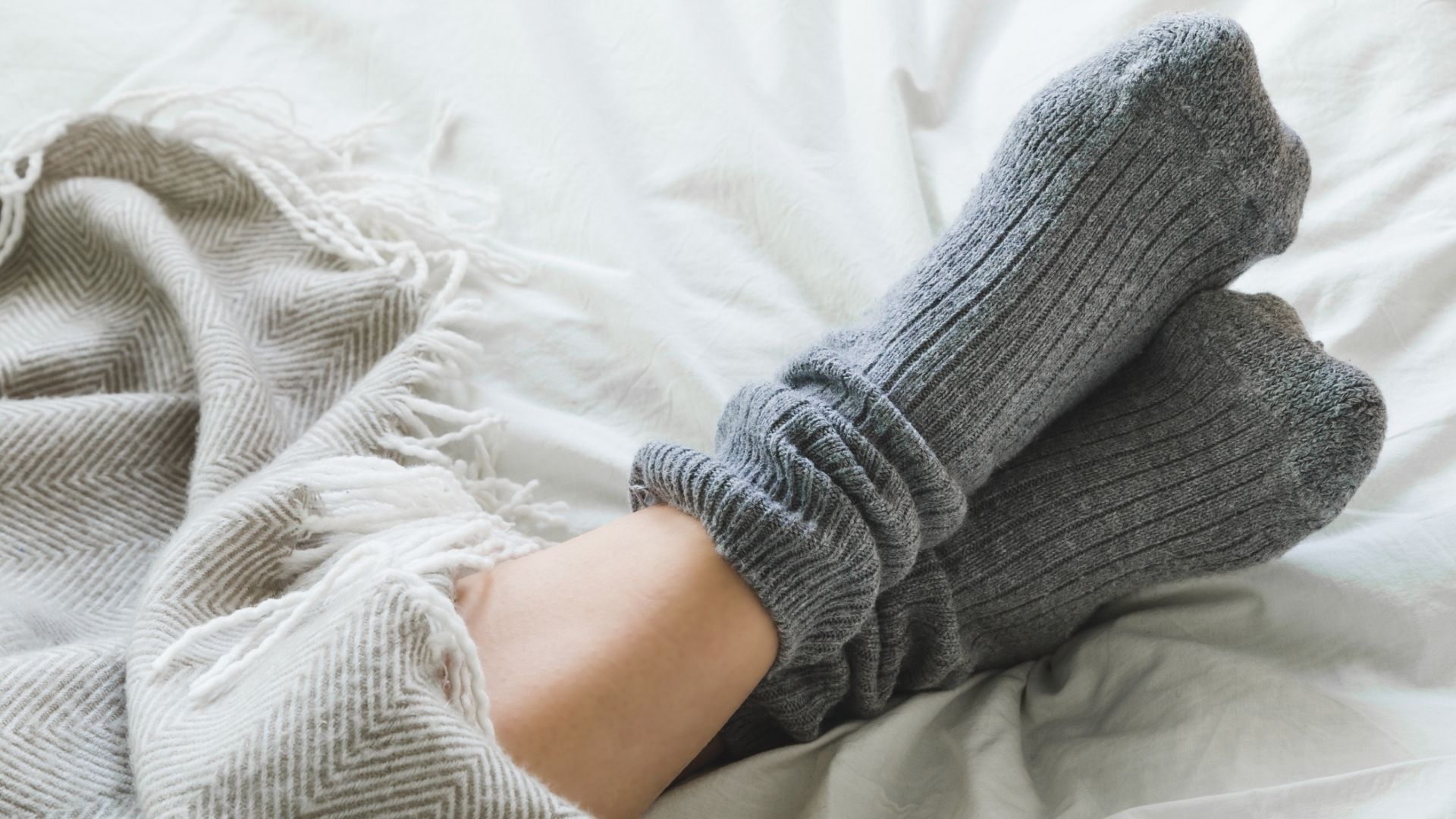
Now there’s nothing inherently harmful or dangerous about this sleep method, but I’d advise you to give it a miss anyway.
Most of us rub our feet together or wriggle around in bed before we fall asleep, it’s a natural response to getting comfortable.
And this ‘method’ adds nothing more. If anything, actively thinking about rubbing my feet together was too stimulating for me to fall asleep quickly.
There’s also very little science backing up this method. I’d generally advise to skip it and try a hack that’s more likely to work.
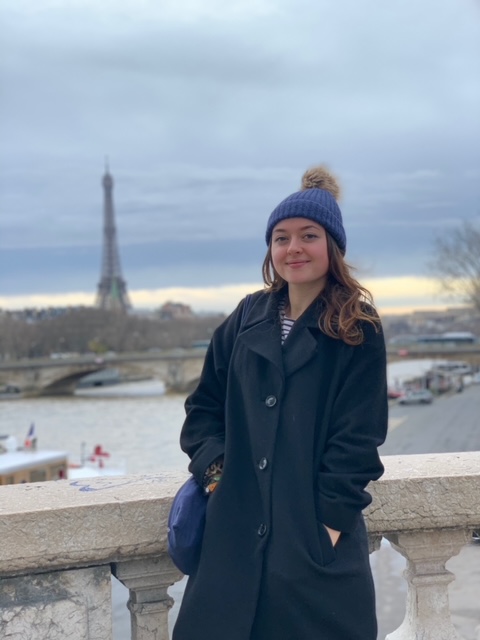
Lauren is an experienced writer and editor in the health and lifestyle industry and has led many campaigns and projects that deliver news, advice, and research on all things sleep. As the Sleep Features Editor for Tom’s Guide, Lauren writes, commissions and edits sleep and mattress content, from in-depth how-tos in sleep and mattress health to interviews with doctors and neuroscientists on the latest news in sleep. Lauren regularly tests new sleep tech and accessories to evaluate their effectiveness for getting good quality sleep and easing specific sleep struggles like nighttime anxiety. Alongside this, Lauren reports on the best mattress brands out there, like Helix, Saatva, and DreamCloud, helping readers find the right mattress for them and the best deals on them.
You must confirm your public display name before commenting
Please logout and then login again, you will then be prompted to enter your display name.
